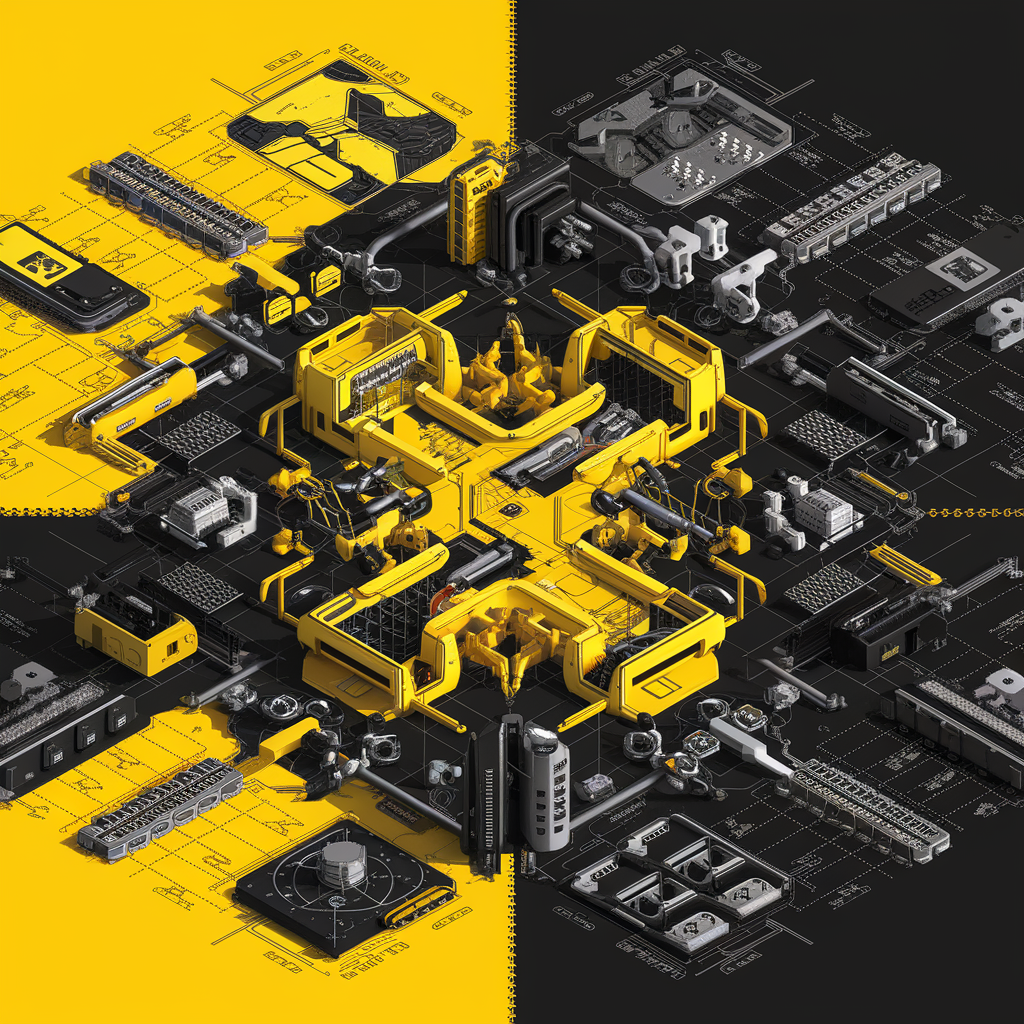
Introduction to Planning Architectures
Autonomous robotics has made significant progress, driven by the need for robots to handle complex tasks in dynamic environments. This progress is due to the development of robust planning architectures that enable robots to plan, perceive, and execute tasks autonomously.
OpenRAVE: An Overview
OpenRAVE (Open Robotics and Animation Virtual Environment) is an open-source software architecture designed to integrate and test high-level planning algorithms with real-time control systems. It offers a seamless interface for 3-D simulation, visualization, planning, scripting, and control. The architecture is highly modular, allowing users to write custom plugins for different components such as robot controllers, sensing subsystems, and planning algorithms.
Key Features:
- Plugin Architecture: Enables easy extension and customization for specific tasks such as motion planning, grasping, and manipulation.
- Network Protocol and Scripting: Supports remote control and monitoring of robots through network-based scripting environments.
- Real-time System Interfaces: Facilitates real-time control and execution monitoring, essential for dynamic and responsive robotic applications.
Detailed Architecture of OpenRAVE
The architecture has several layers: Core, GUI, scripting, and plugin, ensuring clear separation of functionalities and enhancing modularity and scalability.
Core Components:
- Core Layer: Manages the system’s internal state, updates the environment, and handles communication with plugins.
- GUI Layer: Provides visualization tools for debugging and monitoring the robot’s state and actions.
- Scripting Layer: Allows high-level control and execution of planning algorithms through scripts.
Planners, Controllers, Sensors, and Problem Instances:
- Planners: Generate trajectories or policies for the robot, considering constraints such as dynamic balance and collision avoidance.
- Controllers: Interface with the robot’s hardware or simulation to execute planned trajectories.
- Sensors and SensorSystems: Gather and process critical environmental information for planning and execution.
- Problem Instances: Represent specific tasks or problems the robot needs to solve, integrating planning and control algorithms to achieve desired goals.
Practical Applications and Experiments
OpenRAVE has been used to develop and test manipulation and grasping algorithms. It has also demonstrated real-time execution and monitoring capabilities, allowing seamless transition from simulation to real-world applications.
Conclusion
Planning architectures like OpenRAVE are essential for advancing autonomous robotics. OpenRAVE provides a flexible, open-source framework for integrating planning algorithms with real-time control systems, enabling efficient handling of complex robotic tasks. Its modular design and robust interface make it a valuable tool for robotics.
Sources:
- https://www.ri.cmu.edu/pub_files/pub4/diankov_rosen_2008_2/diankov_rosen_2008_2.pdf
- https://onlinelibrary.wiley.com/doi/10.1002/rob.21986
- https://ieeexplore.ieee.org/document/8302111
Discover AI Solutions for Your Company
If you want to evolve your company with AI, utilize Planning Architectures for Autonomous Robotics. Identify Automation Opportunities, Define KPIs, Select an AI Solution, and Implement Gradually. For AI KPI management advice and continuous insights into leveraging AI, stay connected with us at hello@itinai.com, t.me/itinainews, or Twitter @itinaicom.
Spotlight on a Practical AI Solution
Consider the AI Sales Bot from itinai.com/aisalesbot designed to automate customer engagement 24/7 and manage interactions across all customer journey stages. Explore how AI can redefine your sales processes and customer engagement at itinai.com.

























